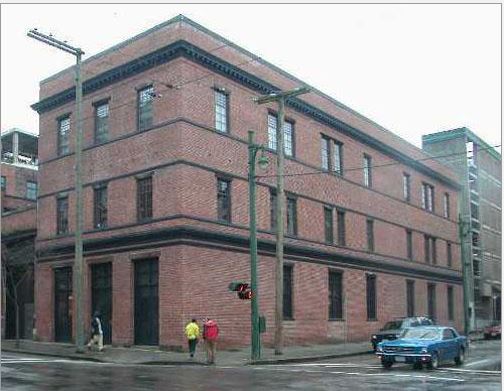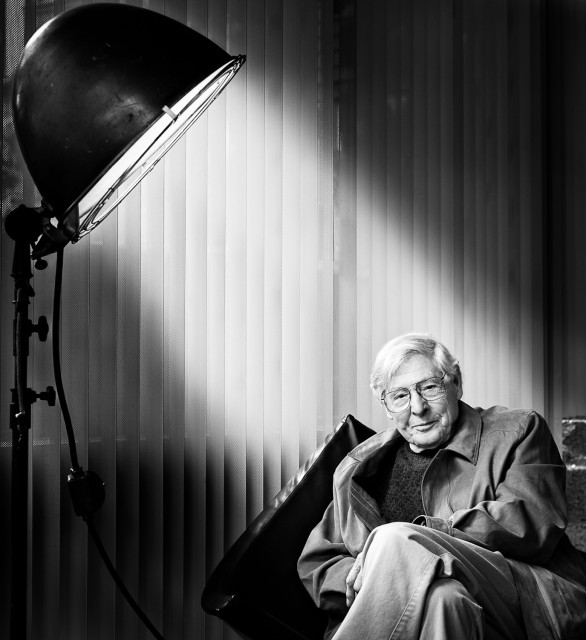
I’ve been posting pictures of the BC Electric Building on Facebook this week, but I haven’t posted this one—it’s on the back of Sensational Vancouver and in the chapter on West Coast Modern. The photo was shot by Selwyn Pullan in 1957, the same year BC Electric completed this ground breaking piece of architecture.
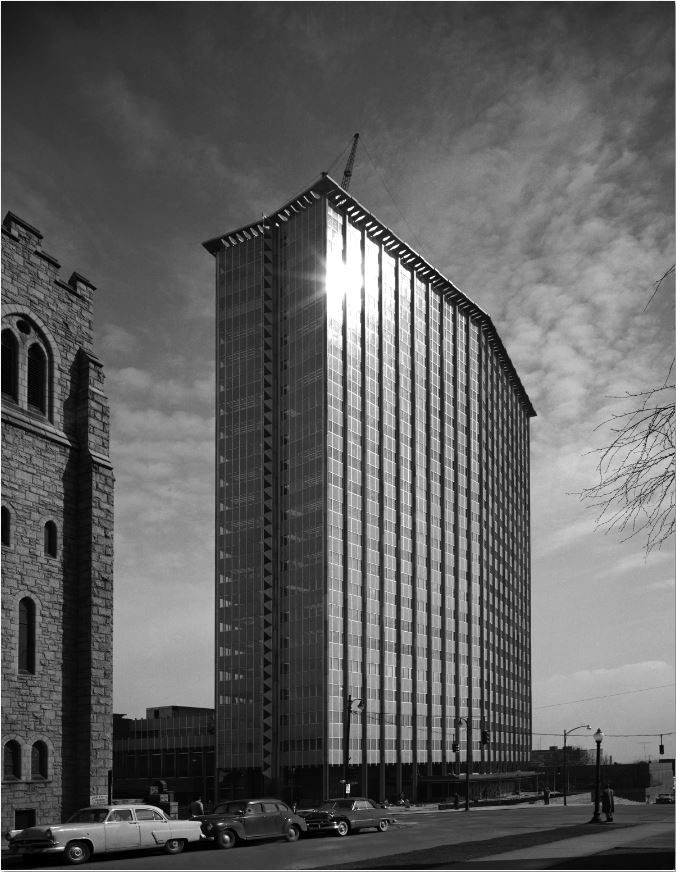
While Ned Pratt and Ron Thom were designing the BC Electric building and other west coast modern architects such as Arthur 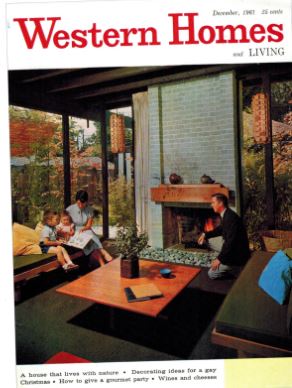 Erickson and Barry Downs were producing buildings full of glass and angles and natural materials built to expand into spaces in ways unseen before, it was Selwyn Pullan who captured their vision.
Erickson and Barry Downs were producing buildings full of glass and angles and natural materials built to expand into spaces in ways unseen before, it was Selwyn Pullan who captured their vision.
Selwyn studied under Ansel Adams at the Art Center School in Los Angeles, and after moving back to Vancouver he became a sought after commercial photographer, working for magazines such as Western Homes and Living, Macleans and Architectural Digest.
“I just look at the house and photograph it,” he told me. “I don’t have any preconceptions when I photograph, it’s a journalistic assignment not a photographic one.”
Many of Selwyn’s photos are in my book, and so is he. He’s over 90 now and still living in the North Vancouver house he bought in 1952. Pullan asked Fred Hollingsworth to design a carport. The finished structure looks more like a plane than a garage, and that’s interesting not just from an architectural point of view, but because he and Hollingsworth used to make model airplanes together as teens. Pullan says Hollingsworth still does.
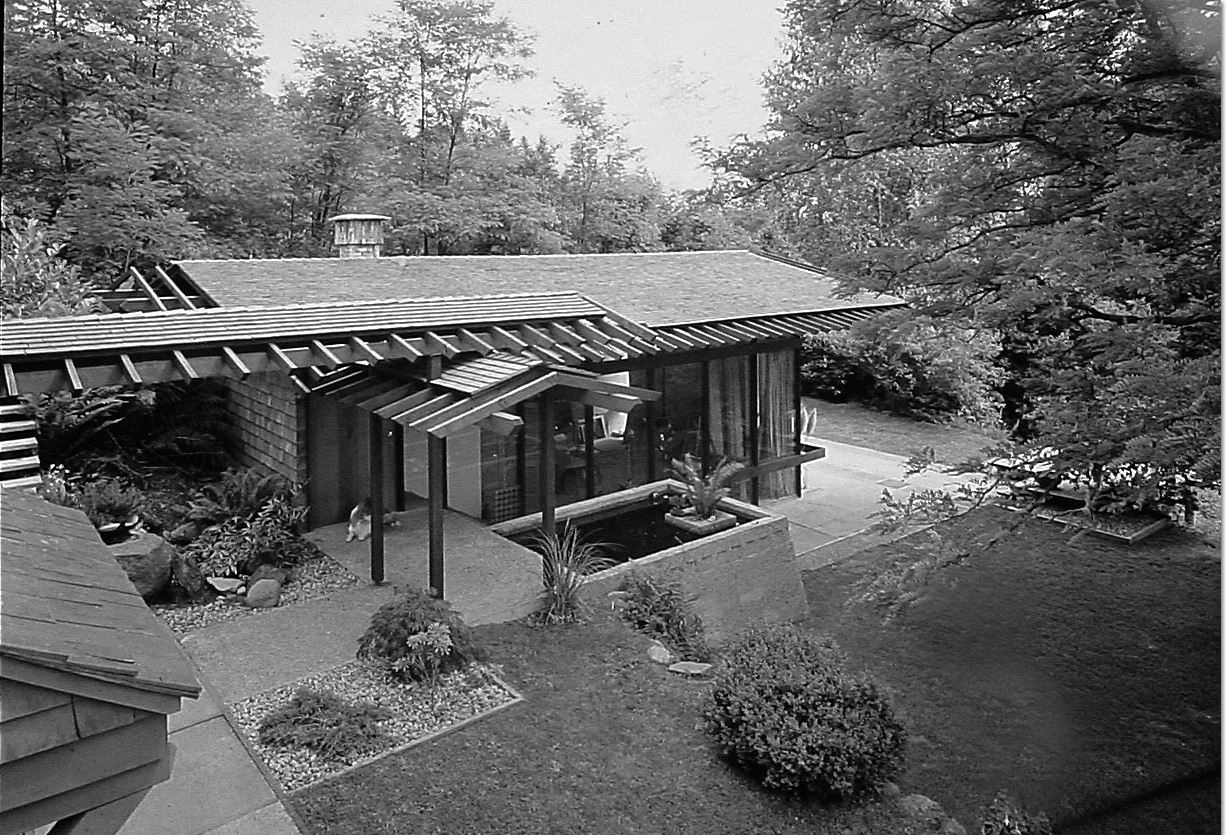
In 1960 when Pullan needed a multi-purpose studio and darkroom for his growing photographing business, he sought out Hollingsworth again. Rather then add another room to the house, the architect created a covered passageway that led from the house and flowed down the slope of the property. He designed a two-level studio with floor-to-ceiling windows and concrete floors that blend seamlessly with the landscape.It was here in 1969 that Selwyn shot the paintings for Lawren Harris’s book, from the artist’s early days with the Group of Seven through to his abstract period in Vancouver. Selwyn refused to shoot them anywhere except his studio and only when he was alone. The paintings would be trucked to his studio in batches, taken away and a new group brought in. Harris, who lived on ritzy Belmont Avenue in Vancouver, died the following year. 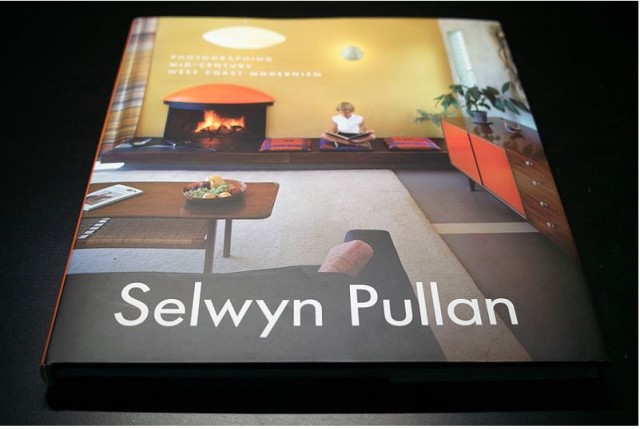 Cover image by DRK Design. To see more of his work, see Selwyn Pullan: Photographing Mid-Century West Coast Modern, Douglas & McIntyre, 2012.
Cover image by DRK Design. To see more of his work, see Selwyn Pullan: Photographing Mid-Century West Coast Modern, Douglas & McIntyre, 2012.
© All rights reserved. Unless otherwise indicated, all blog content copyright Eve Lazarus.



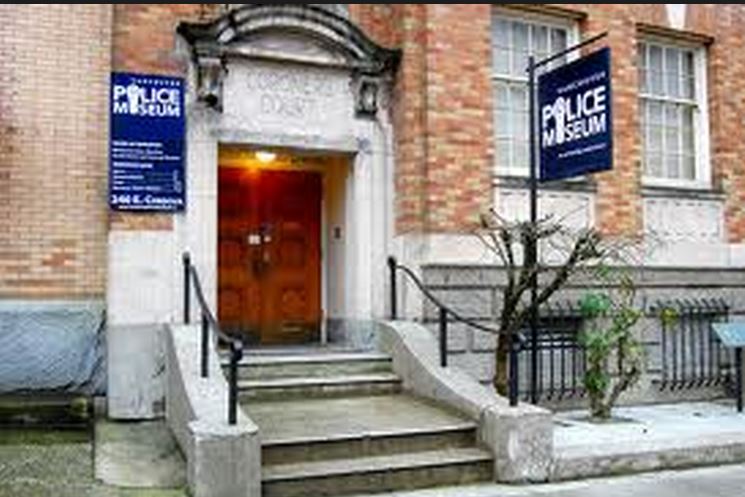
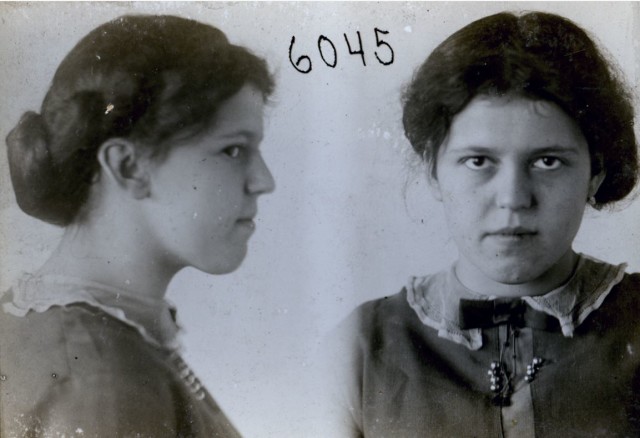
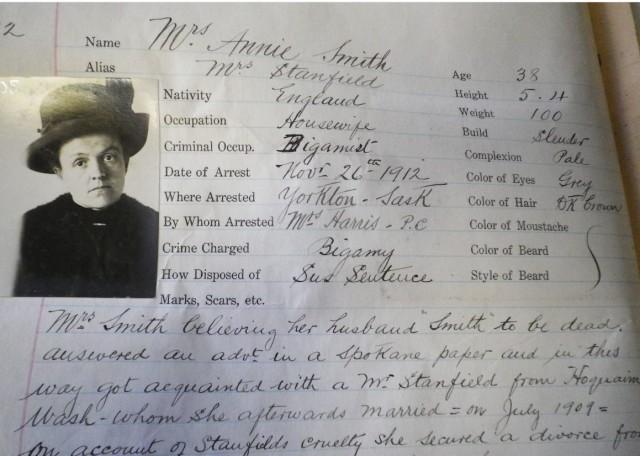
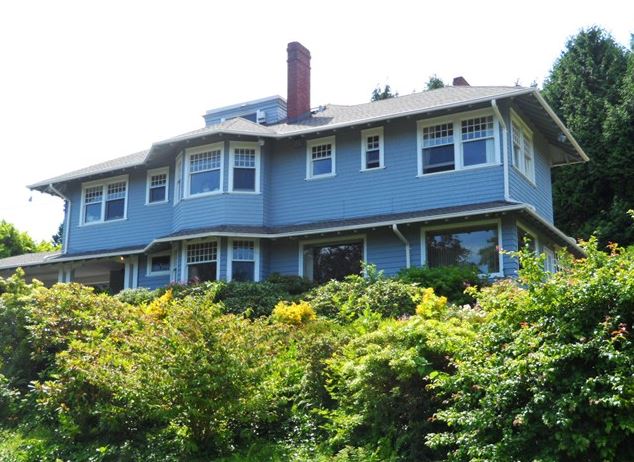
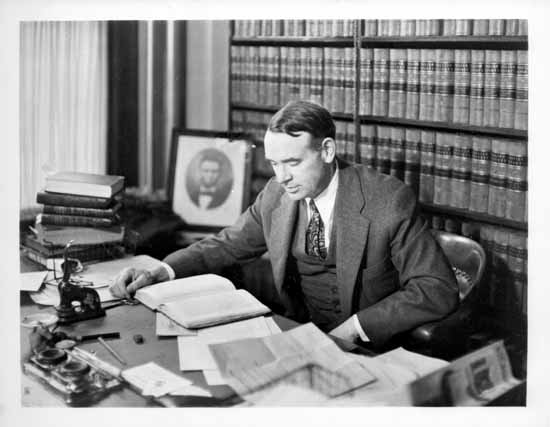
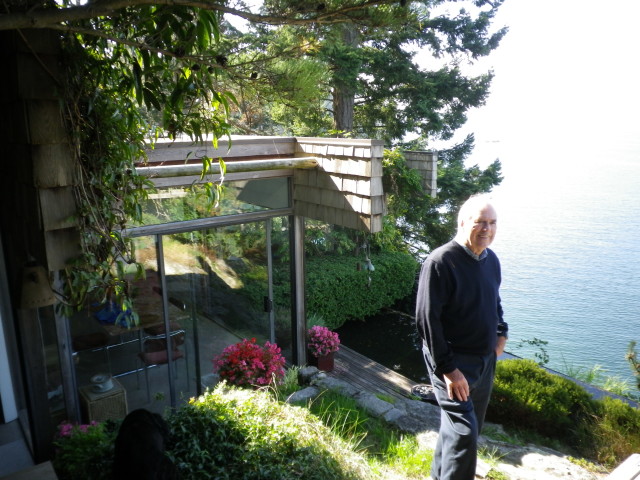
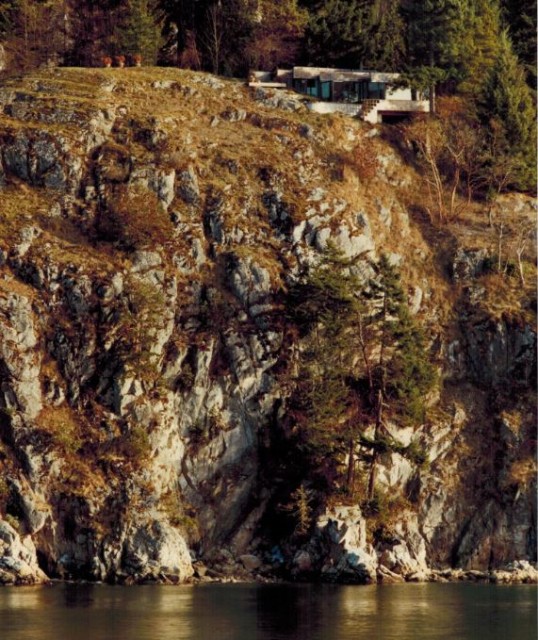 Rapidly disappearing:
Rapidly disappearing: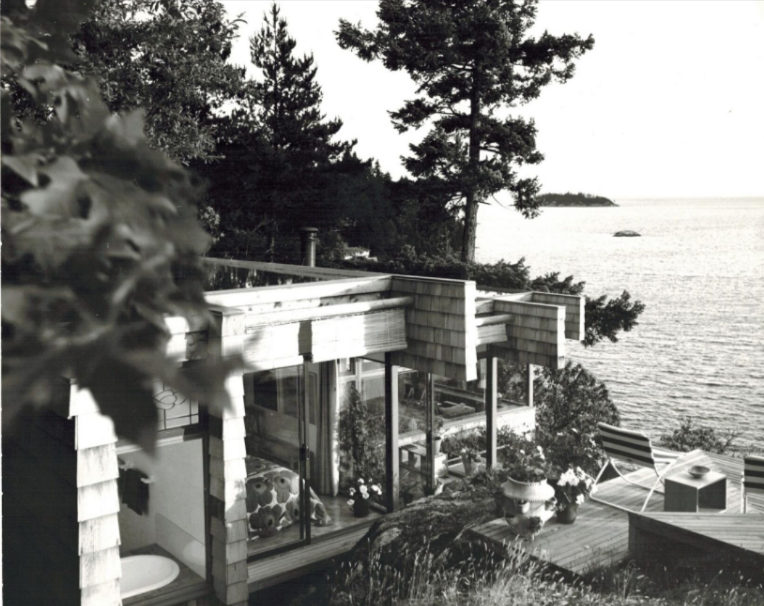


 When Adams bought the brick building at the corner of Powell and Columbia Streets in 1991 it was abandoned and abused. Likely it would have gone the way of other historical Gastown buildings if he hadn’t seen its potential.
When Adams bought the brick building at the corner of Powell and Columbia Streets in 1991 it was abandoned and abused. Likely it would have gone the way of other historical Gastown buildings if he hadn’t seen its potential.